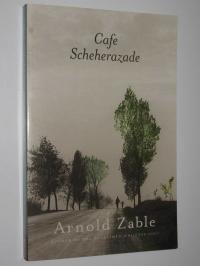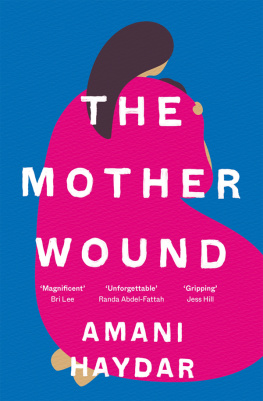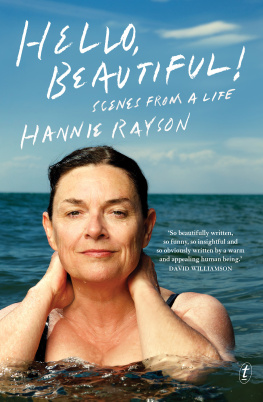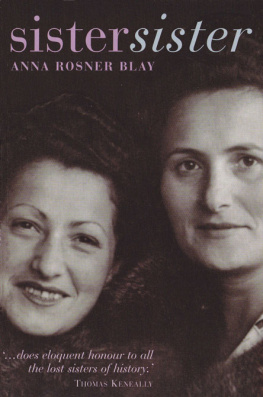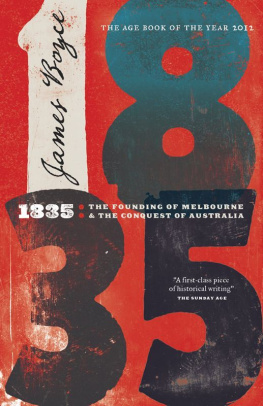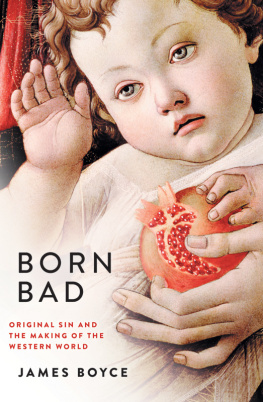
The title story of this collection, The Watermill, is set in a period that can be viewed as an interregnum between the Cultural Revolution, which ended in 1976, and the 1989 Tiananmen Square massacre. I lived and travelled widely in China in 198485 and was based in Guizhou Province for much of that time. I thank my colleagues and students at the Guizhou Agricultural College, and other people I met in China, for the journeys and stories they shared with me.
I have combined a range of separate incidents and encounters to create composite stories and composite characters, and I have used letters for names and monikers to protect the identities of the people whose tales I have drawn on. I have also changed some specific details as an added precaution.
Revisiting my time in China, I was struck anew by the Tang and Song dynasty poets. The poems of Li Bai, Du Fu, Wang Wei, Han Shan and others ring true many centuries after they were written. The title story is influenced by this poetic legacy.
In The Ballad of Keo Narom, I have again disguised the identity of individuals by creating pseudonyms and composite characters, except for Keo Narom and Voy Ho. My conversations with Narom initially emerged from the mutual recognition of the impact that genocides had on our families. The person I call R organised the writing workshops in Phnom Penh, Siem Reap and Battambang between 2013 and 2015. He interpreted my talks at the workshops and my conversations with Keo Narom. I thank him for his knowledge, the journeys we shared, and his deep concern for Cambodia and its people. The Ballad of Keo Narom was also informed by Rs memories of the Khmer Rouge era as a child. Without him, this story could not have been written.
I thank Phina So, writer and advocate for Khmer literature, for her constructive reading of the story and for enhancing my understanding of contemporary Cambodia. Oum Sophany, a participant in the workshops, wrote and spoke eloquently of her experiences of the Pol Pot era. She died in June 2018. I thank the Cambodian writers who attended workshops, some of whom invited me into their homes and accompanied me on some of my journeys.
I am indebted to Joan Healy for her careful reading of the manuscript. Joan has devoted years of service to Cambodia and its people. The verse on page 114 of the song And You Plough is my translation of Chaim Zhitlowskys original Yiddish.
Sami Feders memoirs, which I read in the original Yiddish, provide the foundation for Republic of the Stateless. They include: Gebaylte foystn, Clenched Fists, Tel Aviv, 1974; Durkh tsv elf gehenem-fayern, Through Twelve Fires of Hell, Tel Aviv, 1985; and Mayn Lebn, My Life, Tel Aviv, 1995. I also drew on Feders Notes on a Diary of the Yiddish Studio Kazet Theatre in Bergen-Belsen 19451947.
I delivered a tribute to Sonia Lizaron at her memorial service, a version of which was published in the journal Meanjin in December 2016. As I researched the story further, hearing from Arie Olewski and Jochevet (Jochi) Olewski was indeed a pivotal moment, and I am greatly indebted to them for our conversations, for information they sent me and their enthusiasm for the project.
I also draw on the work of researchers Sophie Fetthauerwhose essay The Kazet-Theatre and the Development of Yiddish Theatre in the DP Camp Bergen-Belsen, appears in Dislocated Memories: Jews, Music, and Post-war German Culture, edited by Tina Fruhauf and Lily E. Hirschand Zlata Zaretsky, who met Sami Feder in his final years. And I thank Brazilian-based researcher Leslie Marko for our many discussions about the Kazet Theatre. Markos recently published doctoral thesis on Sami Feder and the Kazet Theatre is titled: Teatro De Sami Feder: Espao Potico de Resistncia nos Tempos do Holocausto (19331950).
I am indebted to Elly Trepman for checking passages of the story for historical veracity. As the years go by, and with the rise of Holocaust denialism, the need to be faithful to history grows more urgent. Hence I have drawn on many primary sources to check the historical facts.
Ellys mother, Babey Trepman, was a pianist in the Kazet Theatre. His father, Paul Trepman, helped Sami Feder edit the Zamlung fun Kazet un Ghetto Lieder: Anthology of Songs and Poems from the Ghettos and Concentration Camps, 1945; and Babey wrote the music. Paul also acted as a spokesperson alongside Sami Feder on the theatres tour of Belgium and France.
Elly Trepmans article Rescue of the Remnants: The British Emergency Medical Relief Operation in Belsen Camp 1945, an account of the British-led relief effort after the liberation of Bergen-Belsenwhich draws on testimonies of British troops, doctors, relief workers and camp residents, and on articles published in the British Medical Journal and Lancet in the late 1940sprovided useful information.
I made use of the following books: Ben Shepherds After Daybreak: The Liberation of Bergen-Belsen, 1945; Angelika Konigseder and Juliane Wetzel, Waiting for Hope: Jewish Displaced Persons in Post-World War II Germany; and Jewish Displaced Persons in Camp Bergen-Belsen, 1945 and 1950: The Unique Photo Album of Zippy Orlin, edited by Erik Somers and Rene Kok. I also drew on eyewitness accounts published by the Imperial War Museum, London.
Republic of the Stateless is not a history of the Bergen-Belsen displaced persons camp and its complex politics, which included the ongoing conflict between the Jewish residents and the British authorities over restrictions to immigration in British-controlled Palestine. My story focuses on, and was inspired by, the life of Sonia Lizaron, born Sonia Boszkowska. Sonia was a dear friend for more than thirty years. I was also informed by many conversations over the years with Bono and Pinche Wiener and Abram Goldberg.
The songs of Shmerke Kaczerginski and Mordechai Gebirtig are deeply imbedded in Yiddish culture. I grew up hearing and singing them. Kaczerginskis Springtime has been translated into English many times. I have drawn on a range of translations in constructing my own. Other song and poetry credits include: Hirsh Glick, Quiet the Night and Never Say; Mordechai Gebirtig, Its Burning; Itkhak Manger, Solitary; Sami Feder, The Shadow; H. Leivik, Eternal; and Moshe Shulstein, A Mountain of Shoes. Sonia Lizarons album In Joy and Sorrow was recorded in Tel Aviv in 1966. The term republic of the stateless is figurative. Officially, the inmates were designated displaced persons, a term that was widely used during and immediately after World War II for people who were removed from their native countries as refugees, prisoners or slave labourers.
For the record: The Jewish Central Committee of Bergen-Belsen Displaced Persons Camp was formed on 18 April 1945. The Cultural Department of the Committee, according to Sami Feder, was co-founded by himself, Sonia Boszkowska, Josef Rosensaft and Dr Hermann Zwi Asaria-Helfgott, with Feder as artistic director. At its peak, the Kazet Theatre had thirty members, whose individual deeds have been documented and honoured in Sami Feders memoirs.
The final story, Where We Meet, was set in motion by my conversations with Wurundjeri elder, Aunty Joy Murphy Wandin, which I first wrote of in the feature article, A Tale of Two Cities, published in the Age, Melbourne, September 1995. The bigger story was seeded when I was invited to contribute to The Intervention: An Anthology, edited by Rosie Scott and Anita Heiss. The book brought together Indigenous and non-Indigenous authors writing in a range of genres. Where We Meet, is a greatly expanded version, and in some ways, a quite different story, interweaving a major new strandthe tale of refugee and SIEV-X survivor Faris Shohani.
Next page

